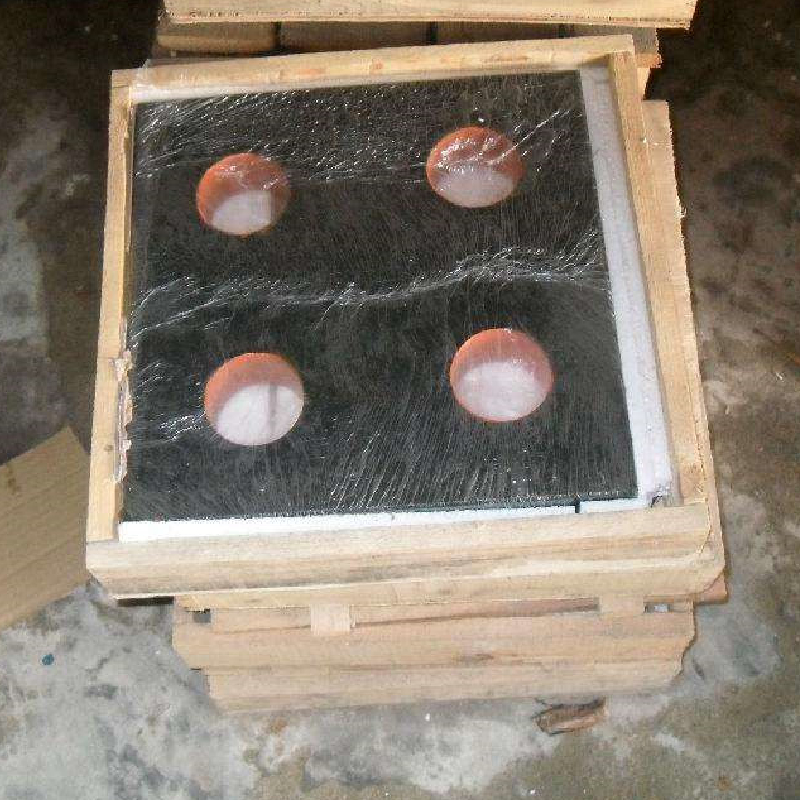Дек . 23, 2024 04:03 Back to list
Different Types of Ground Anchors and Their Applications in Construction and Engineering
Types of Ground Anchors A Comprehensive Overview
Ground anchors are vital components in various engineering projects, providing stability and support to structures in need. They are essentially embedded devices that secure structures to the ground, preventing them from moving or settling due to external forces such as wind, water, or seismic activity. Understanding the different types of ground anchors is crucial for engineers and architects alike, as their application varies based on the geological conditions, load requirements, and specific project needs.
1. Helical Anchors
Helical anchors, also known as screw anchors, consist of a shaft with one or more helical blades (similar to a screw) that are driven into the ground. These anchors are particularly effective in loose or soft soil conditions. They work by transferring the loads from the structure to the surrounding soil through the helical plates. Helical anchors are favored for their installation speed and the minimal disturbance they cause to the surrounding area. They are commonly used in applications like foundation support, slope stabilization, and temporary or permanent tie-down systems.
Grouted anchors are a type of tension anchor that is installed by drilling a hole into the ground and then placing a steel tendon within it. Once the tendon is in position, grout is injected under pressure to fill the hole and bond the tendon to the surrounding soil or rock. This type of anchoring system is highly effective in hard soil or rock conditions, providing excellent load resistance. Grouted anchors are widely used in applications such as bridge piers, retaining walls, and high-rise buildings, where significant tensile strength is required.
3. Concrete Block Anchors
Concrete block anchors consist of precast or poured concrete blocks that are installed at the surface level. These blocks provide stability by resisting lateral forces, and they are particularly useful in applications where soil conditions are not conducive to deeper anchors. They are often used for retaining walls or to stabilize slopes. The weight of the concrete block itself is sufficient to counteract lighter loads, making it a cost-effective solution for certain projects.
types of ground anchors

4. Rock Bolts
Rock bolts are specifically designed for use in rock formations, particularly in underground mining or tunneling applications. These anchors are typically installed by drilling a hole into the rock and inserting a bolt which is then grouted in place. Rock bolts help stabilize rock masses and prevent collapses, often used in conjunction with shotcrete (sprayed concrete) for additional support. The key benefit of rock bolts is their ability to mobilize the rock mass, effectively creating a new strengthened support structure.
5. Post-tensioned Anchors
Post-tensioned anchors are a sophisticated anchoring solution often used in concrete structures. In this system, steel tendons are placed in ducts within the concrete and are tensioned after the concrete has cured. This post-tensioning process places the concrete into compression, making it significantly stronger and able to resist larger loads. Post-tensioned anchors are commonly found in bridges, parking garages, and large floor slabs.
6. Deadman Anchors
Deadman anchors involve burying a large object (often a massive block of concrete or a similar weight) underground. These anchors rely on the weight of the buried object to resist pull-out forces. They are particularly effective in soft or sandy soils where conventional anchoring solutions may not provide adequate support. Deadman anchors are often used for temporary structures, such as tents or construction cranes, where ground penetration is minimal.
Conclusion
The choice of ground anchor depends significantly on several factors, including soil conditions, load requirements, and project specifications. Each type of anchor has its strengths and suitable applications, making it essential for engineers to thoroughly assess all options available. Properly designed and installed ground anchors enhance the safety and durability of structures, making them indispensable in modern civil engineering practices. As construction technology continues to evolve, innovative anchoring solutions will undoubtedly emerge, further enhancing the capabilities and effectiveness of ground anchoring systems.
-
Why Metric Trapezoidal Thread is Ideal for Precision Motion ControlNewsAug.05,2025
-
The Unique Properties of a Block of Granite for Industrial UseNewsAug.05,2025
-
The Role of Flanged Y Strainers in Preventing Pipeline ClogsNewsAug.05,2025
-
The Importance of Regular Calibration for Master Ring GagesNewsAug.05,2025
-
How a Cast Iron Surface Table Enhances Accuracy in ManufacturingNewsAug.05,2025
-
Comparing Different Check Valve Types for Optimal Flow ControlNewsAug.05,2025
Related PRODUCTS









